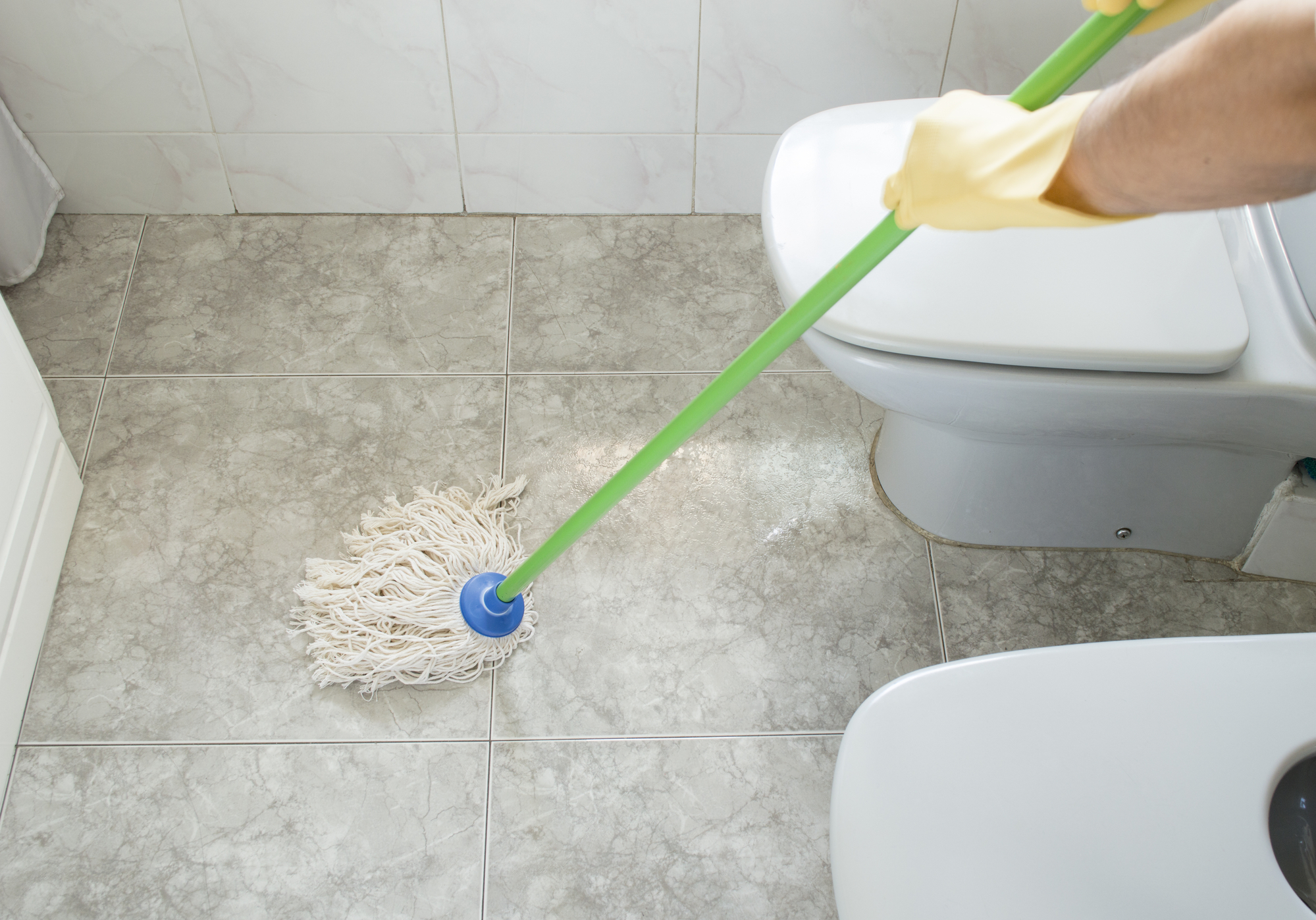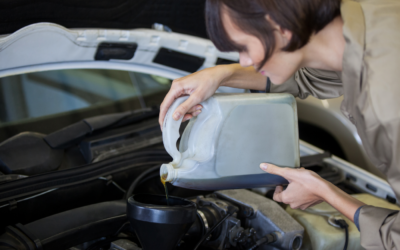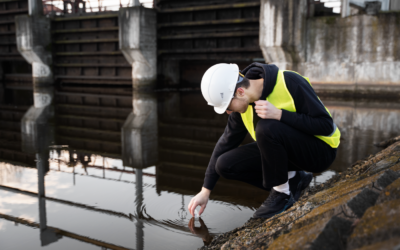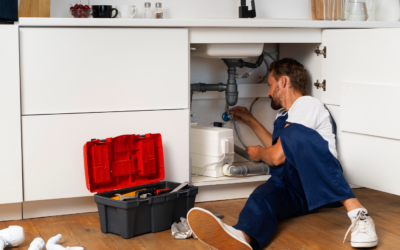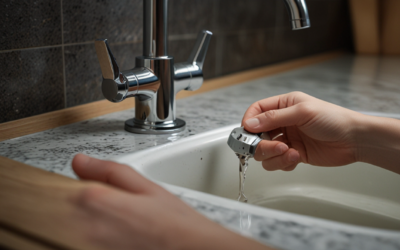Soap scum is a common plumbing problem that almost everyone encounters. It is a hard, white or yellowish substance that forms when soap reacts with hard water. Soap scum can accumulate quickly and cause buildup, which can clog pipes and create unpleasant odors. In this article, we will delve into the causes of soap scum, the problems it can cause, and how to fix it.
What Causes Soap Scum?
Soap scum happens when soap combines with hard water. Hard water is water that has a high mineral content, specifically calcium and magnesium. When soap is mixed with hard water, it creates a sticky residue that sticks to surfaces.
When you use soap and hard water to clean your shower or bathtub, soap scum can quickly build up on the surface. This can create an unsightly buildup of hard, chalky material that can be tough to remove.
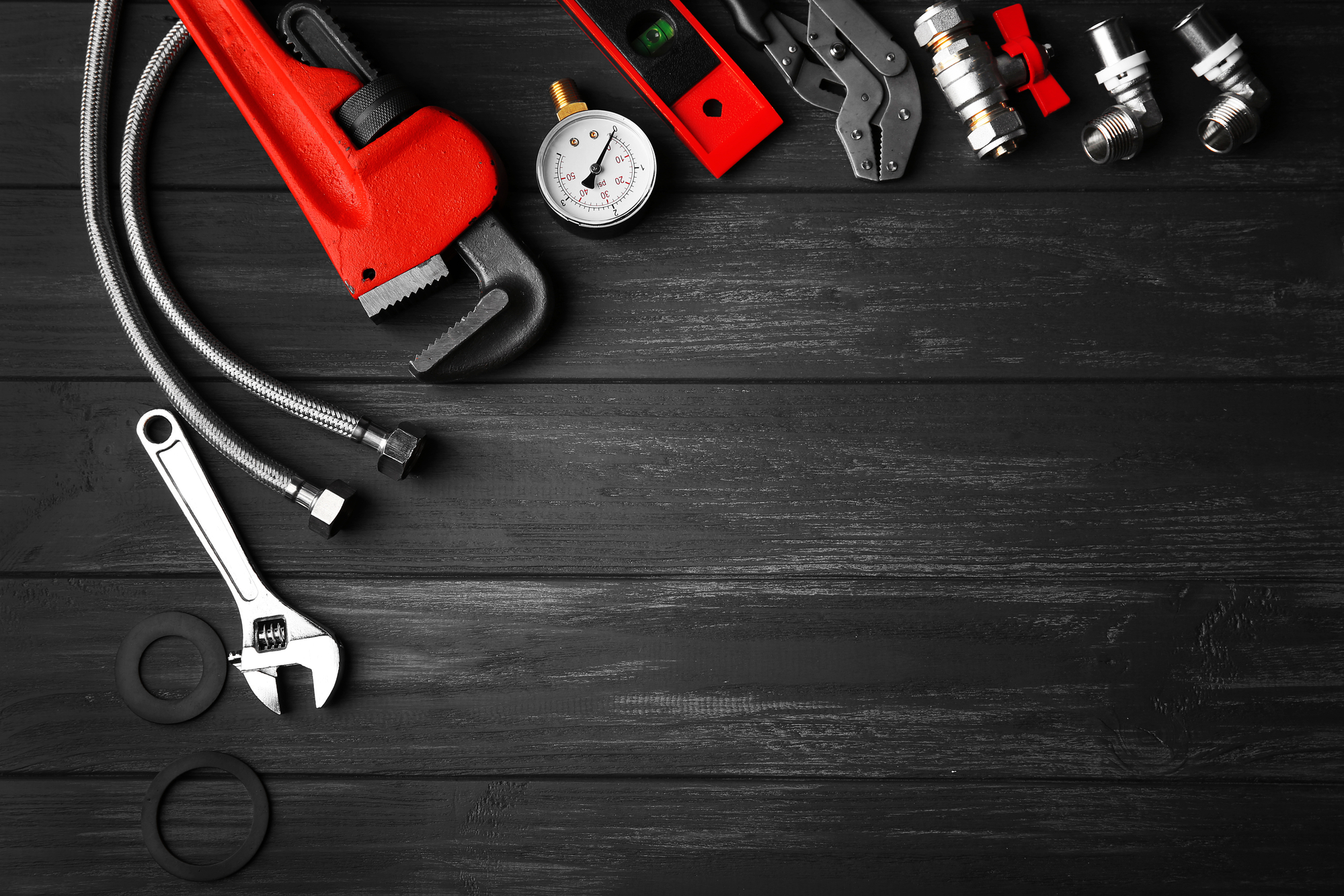
Soap scum can also occur in other places, like your sinks and even your washing machine. This can cause your pipes to clog and create foul odors.
The Problems Soap Scum Causes
Soap scum can cause many problems in your home. For starters, it can be an eyesore. A buildup of this material can make your bathroom or kitchen look dirty and unhygienic.
Soap scum can also cause clogs. When it accumulates in pipes, it can create a blockage, making it difficult for water to flow freely through your plumbing system.
Another problem with soap scum is that it can cause rust and corrosion. This is because it can trap moisture in pipes, which leads to the formation of rust. This can cause leaks in your plumbing system, which can result in costly repairs.
Fixing Soap Scum
The good news is that there are ways to fix soap scum. Here are some tips for how to remove soap scum from various surfaces in your home:
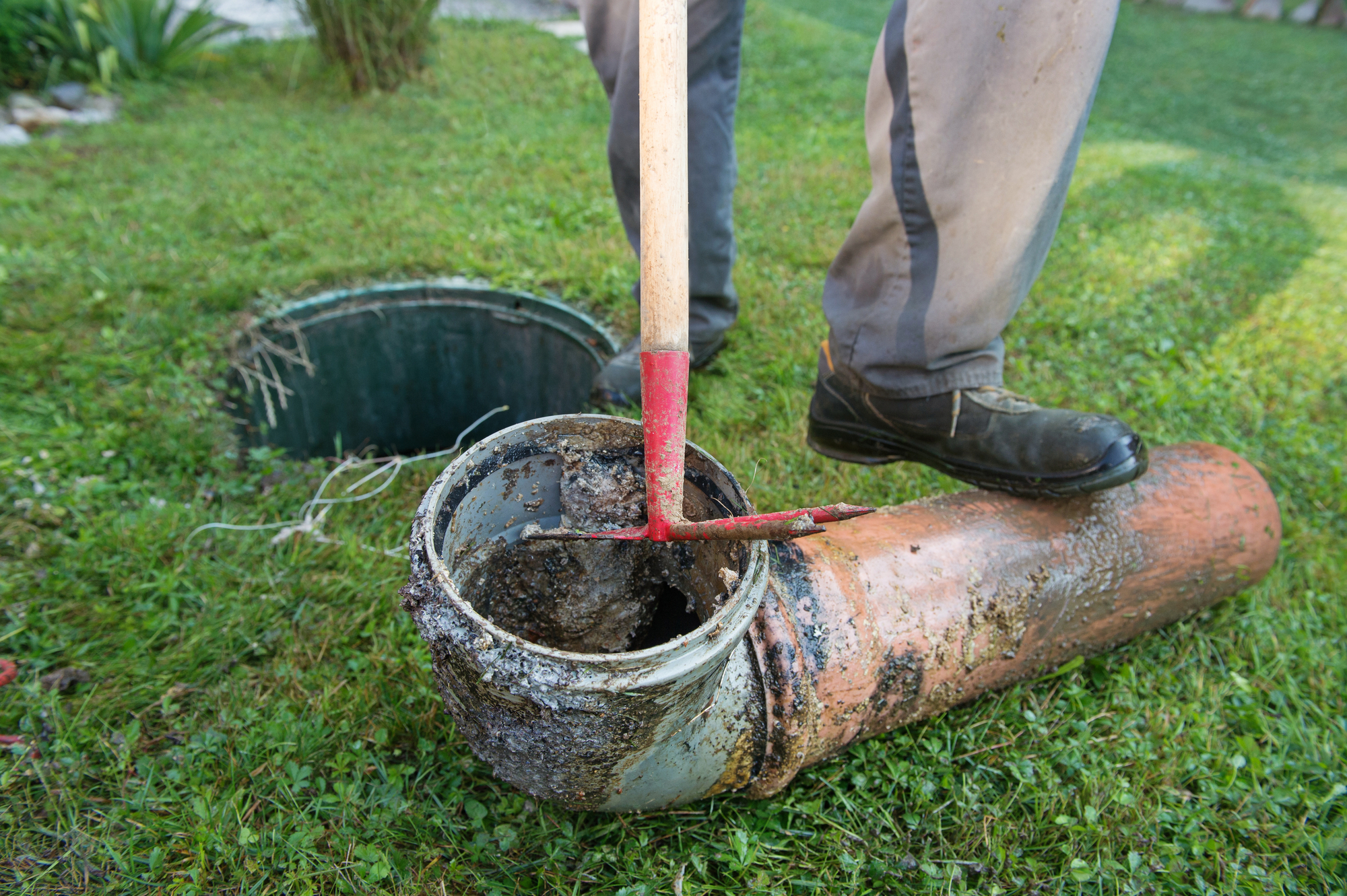
Shower and Bathtub
To remove soap scum from your shower or bathtub, try using a mild abrasive cleaner. This could be a baking soda paste or a commercial cleaner specifically designed for this purpose.
Spray your cleaner of choice on the surface and let it sit for a few minutes. Use a scrub brush or sponge to gently scrub the surface and remove the soap scum. Rinse the surface thoroughly with warm water.
If you have a severe buildup of soap scum, you may need to use a stronger cleaner. However, be careful when using harsh chemicals, as they can damage your tub or shower’s surface.
Sinks
To remove soap scum from your sink, use a mild abrasive cleaner or baking soda paste. Apply the cleaner to the sink’s surface and let it sit for a few minutes before scrubbing gently with a sponge or brush. Rinse the sink thoroughly with warm water.
Washing Machine
Soap scum can build up in your washing machine, causing your clothes to become dingy and gray. To remove the buildup, run an empty cycle with hot water and a cup of white vinegar.
This will help to dissolve the soap scum and rinse it away, leaving your washing machine clean and fresh.
Preventing Soap Scum
Preventing soap scum can be just as important as removing it. Here are some tips for how to prevent soap scum from building up in your home:
Use less soap. When you use too much soap, it is more likely to create a buildup of scum. Use only the recommended amount of soap and not more.
Install a water softener. A water softener can help reduce the amount of mineral buildup in your water, which can help prevent soap scum from forming.
Clean your surfaces regularly. The best way to prevent soap scum buildup is to clean your surfaces regularly. Wipe down your bathtub, sink, and shower after each use to prevent soap scum from building up.
Conclusion
Soap scum is a common plumbing problem that can be annoying and unsightly. However, with a few tips and tricks, you can easily remove soap scum and prevent it from building up in the future.
Remember, if you do encounter a clog caused by soap scum or any other plumbing problem, it’s always best to call in a professional plumber. They have the knowledge and tools required to fix any issue with your plumbing system. Don’t hesitate to reach out to Ace Plumbing Repair at (844) 711-1590 if you need help with any plumbing issue in your home.

